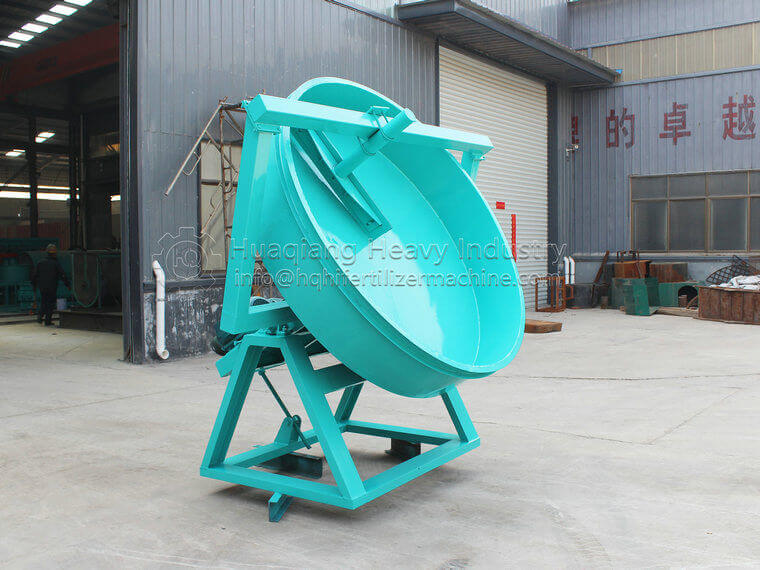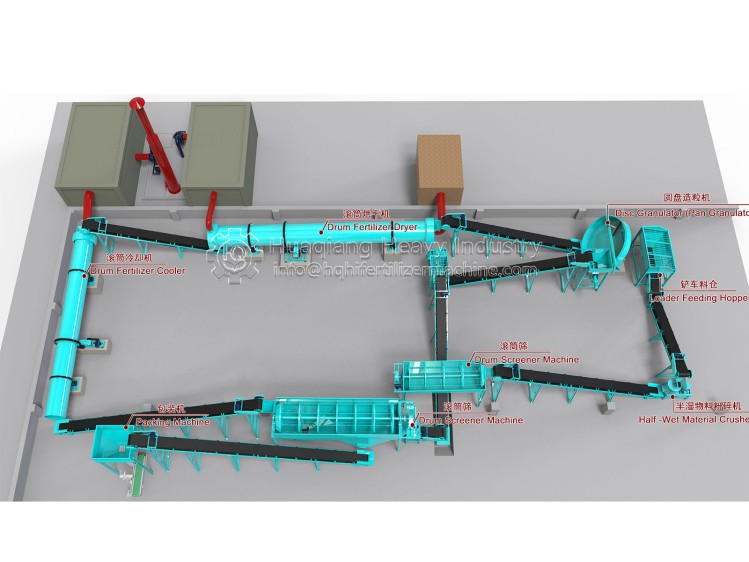How about the market of organic fertilizer? Great market potential
As a prospective enterprise owner preparing to invest in organic fertilizer plants, how do you believe in the sales of organic fertilizer? What is the prospect of organic fertilizer industry? Is your most important concern. Let’s analyze this problem in many ways.
1. Total amount and utilization rate of organic resources
At present, China’s annual organic fertilizer resources are about 4.5 billion tons. There are about 4000 organic fertilizer manufacturers in the country. The annual production of organic fertilizer is about 5000 tons, and the utilization rate is less than 2%. While the normal utilization rate is about 40% – 60%, under the utilization rate of less than 2%, the proportion of organic fertilizer is only less than 20%, and the development space can be imagined.
2. Comparison of the proportion of organic fertilizer in foreign countries
According to the latest data, the proportion of organic fertilizer use in developed agricultural countries in the world is about 45% in the United States and about 55% in the United Kingdom; About 65% in Germany; France is about 35%, Australia is about 55%, Canada is about 60%, South Korea is about 48%, and Japan is about 75%. However, as a large agricultural country with a long history, the utilization rate of organic fertilizer in China is only less than 20%
3. China’s attitude towards organic fertilizer production
I believe you have heard the news that the state vigorously supports the organic fertilizer industry from any way, and there are clear instructions:
(1) Party committees, governments at all levels, all agriculture-related institutions and fertilizer manufacturers must have a deep understanding of the importance and necessity of the production and use of organic fertilizer for China’s agricultural production. Only by using the organic fertilizer granulator to produce enough organic fertilizer can the quality and quantity of Chinese agricultural products be guaranteed.
(2) Take all powerful measures to give certain tax relief to enterprises producing high-quality organic fertilizer. Give certain subsidies to organic fertilizer manufacturers and purchase organic fertilizer equipment. Give farmers a certain subsidy policy for using organic fertilizer. (3) Maximize the use of all livestock manure. All crop straws and all organic materials are used to produce high-quality sheep manure organic fertilizer, cow manure organic fertilizer, nutrient organic fertilizer, straw organic fertilizer, etc. through the organic fertilizer granulator.
According to the survey of these data, how about the market of organic fertilizer? What is the prospect of organic fertilizer industry? You already have the answer in your mind. Summary: The market potential is great!






.jpg)

